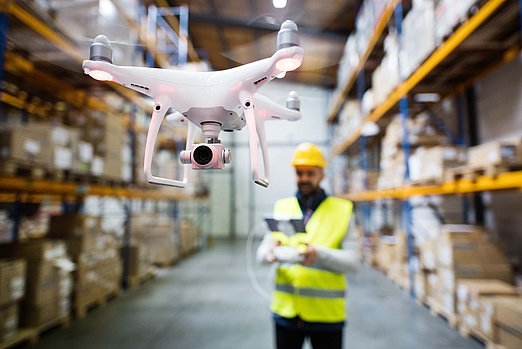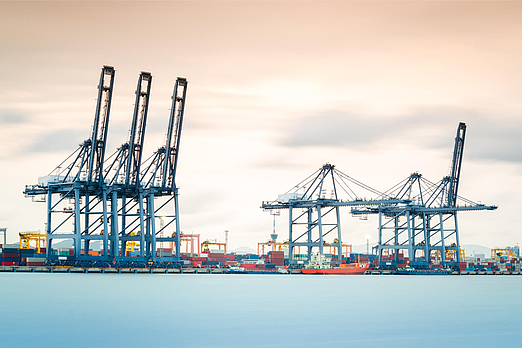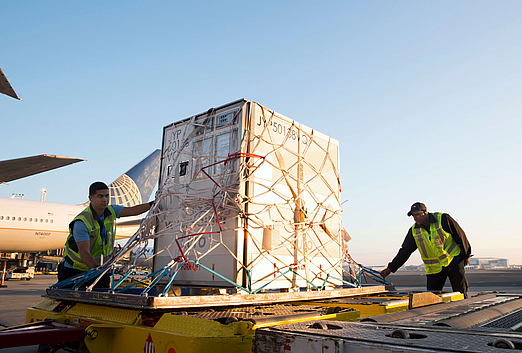“2018 has been a record year for Cargolux”
- Interviews
Cargolux, based in Luxembourg, is Europe’s leading all-cargo airline with a modern and efficient fleet composed of a total of thirty Boeing 747F. With 2,000 employees around the world, the company has more than 85 offices in over 50 countries and covers a worldwide network of destinations. We took the opportunity to talk with Chris Nielen, Vice President Sales of Cargolux.
“We are noticing that due to these conflicts the production of certain goods is moved from one country to another, however, this is still within the Asia-Pacific region. In the last two years we have diversified our business model. From mainly offering a scheduled network we are also offering ACMI and Charter services.”
Chris Nielen on looming trade conflicts and Cargolux' approach to spread their risks.
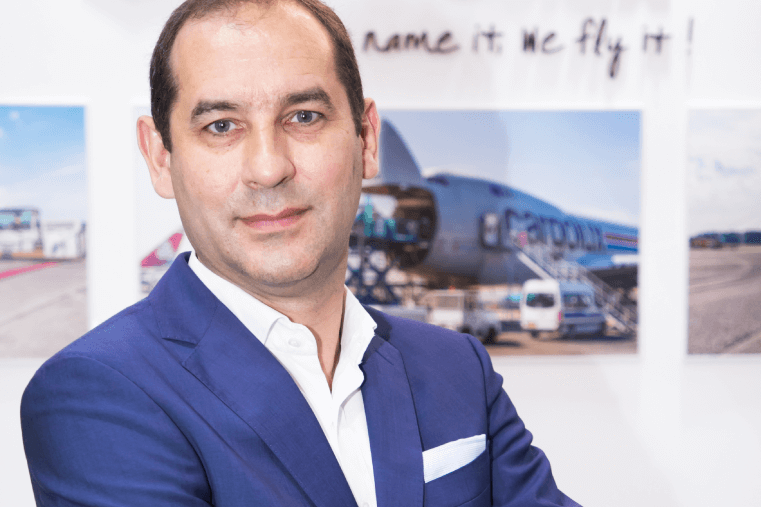
“Compared with some of the other players in the market, cargo-partner has fewer layers in terms of management structure. This makes it easier to communicate and as a consequence makes it easier for both sides to do business.”
Chris Nielen sums up the cooperation between cargo-partner and Cargolux.
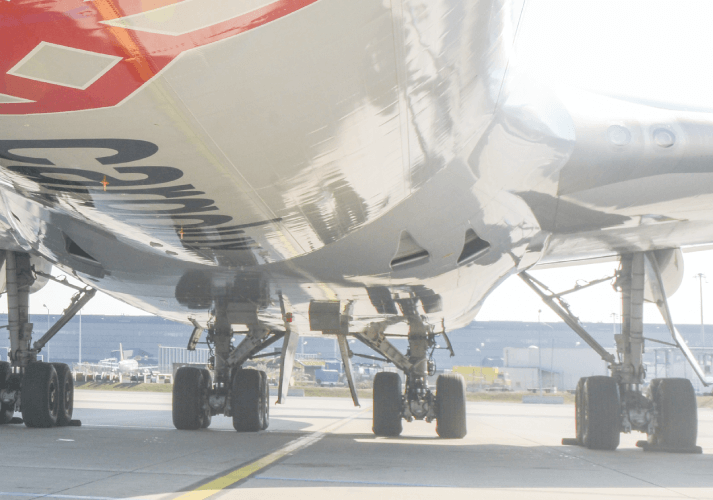
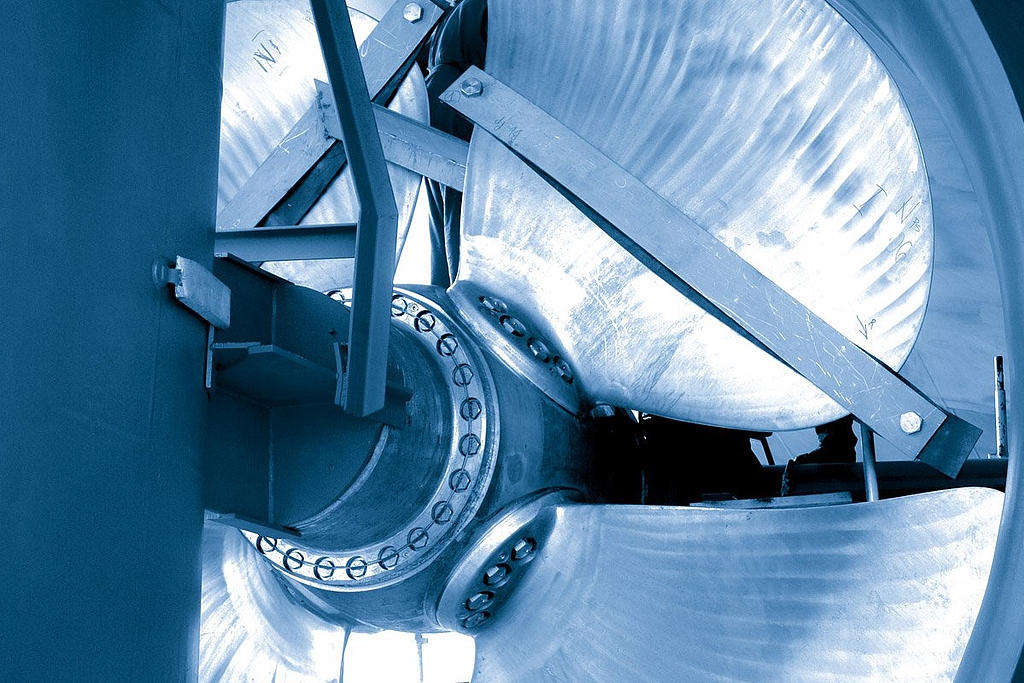

Our rail service is 50% faster than sea cargo and 60% less expensive than air cargo, giving you the best of both worlds.
Rail transport is a fast, cost-effective and environment-friendly alternative to air and sea freight. Our specialized teams will create the optimal rail transport concept for any commodity.
Find out more

